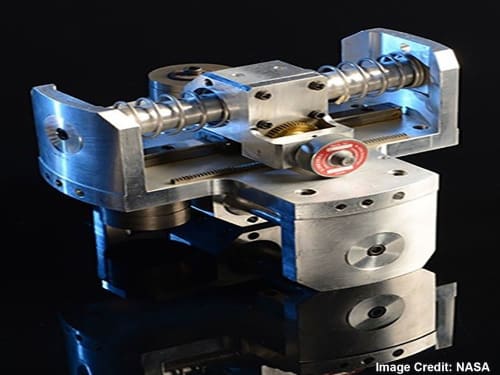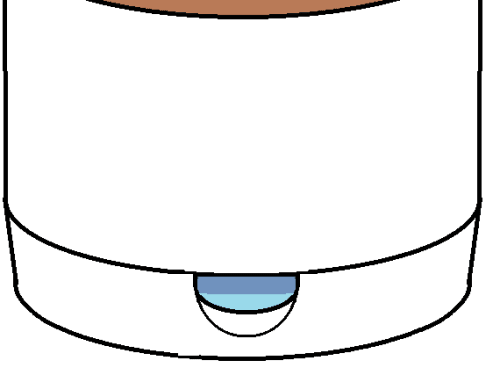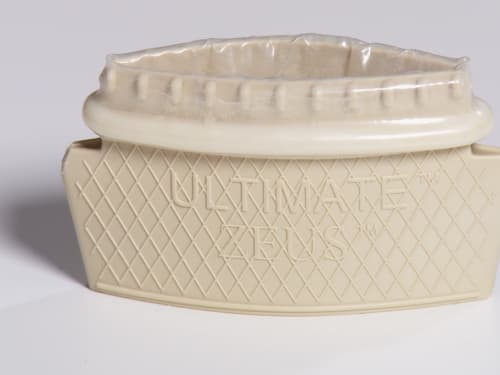The 2025 Contest is Now Open for Entries!
Submit your best new product ideas in any of seven categories for a chance at $25,000 USD and other great prizes. Here’s how to get started.
Help build a better tomorrow
Since Tech Briefs magazine launched the Create the Future Design contest in 2002 to recognize and reward engineering innovation, over 15,000 design ideas have been submitted by engineers, students, and entrepreneurs in more than 100 countries. Join the innovators who dared to dream big by entering your ideas today.
Read About All the 2024 Winning Inventions

Special Report spotlights the eight amazing winners in 2024 as well as honorable mentions in each category, plus the top ten most popular entries as voted by our community.
Click here to read moreA ‘Create the Future’ Winner Featured on ‘Here’s an Idea’
Spinal cord injury affects 17,000 Americans and 700,000 people worldwide each year. A research team at NeuroPair, Inc. won the Grand Prize in the 2023 Create the Future Design Contest for a revolutionary approach to spinal cord repair. In this Here’s an Idea podcast episode, Dr. Johannes Dapprich, NeuroPair’s CEO and founder, discusses their groundbreaking approach that addresses a critical need in the medical field, offering a fast and minimally invasive solution to a long-standing problem.
Listen nowThank you from our Sponsors
“At COMSOL, we are very excited to recognize innovators and their important work this year. We are grateful for the opportunity to support the Create the Future Design Contest, which is an excellent platform for designers to showcase their ideas and products in front of a worldwide audience. Best of luck to all participants!”
— Bernt Nilsson, Senior Vice President of Marketing, COMSOL, Inc.
“From our beginnings, Mouser has supported engineers, innovators and students. We are proud of our longstanding support for the Create the Future Design Contest and the many innovations it has inspired.”
— Kevin Hess, Senior Vice President of Marketing, Mouser Electronics
contest
Contest
INTRODUCTION:
The maturity of the technologies for the guidance and control of RPAS allows for innovative operational options such as the ability to spray (a liquid) a significant amount of an agent of any sort at a pre-established point in the atmosphere. This is the case of NitroFirex,
NASA Langley Research Center has developed a novel fine interpolation technique that is useful in signal processing for applications in lidar, sonar, radar and similar modalities. The interpolation technique uses repeating waveforms, Fourier transform reordering, and Richardson-Lucy deconvolution to obtain faster and more accurate results.The prime target application is range finding,
NASA inventors have developed a set of puncture self-healing materials comprised of commercially available, known self-healing polymer resin and additive blends. A range of puncture healing blends was developed by melt blending self-healing polymers with non-self-healing polymeric materials.
NASA Langley Research Center has developed a compact self-tuning damper to reduce vibration occurring at a fixed frequency. Tuned dampers reduce vibration of the base structure by the dissipation of energy. The magnitude of the dissipated energy is proportional to the range of motion.
There are products like battery operated bats available in the market to kill mosquitoes and insects but there is no battery-less innovation. My invention is very simple and very effective in killing mosquitoes as there is no need for recharging the battery of this mosquito bat. Only a bat and adhesive tape are required to build it.
I. NEED
My wife is an ecclectic collector of recipes. I always joke with her that she has the
largest collection of Internet- supplied recipes in the world. And, despite that, she never
fails to ask me: “So, what should I make for supper tonight ?”.
A symptom of food preparation today,
Our off-grid tiny home designs will be on a trailer powered by solar energy and propane. The goal is to use the latest in renewable technology to create a daily living space that is equal or better in providing comfort and the convenience of a larger home.
An NIH Tested, US Patented, FDA Approved Hi/Lo Density Polyethylene. flattened polymer ring to which a conventional latex or polyurethane condom is detach-ably-attached, that perfectly centers the condom over an erect penis only to be lowed over said penis so that the condom engages the top 1/3 of the shaft so that the condom is correctly positioned,
Page 304 of 996

















